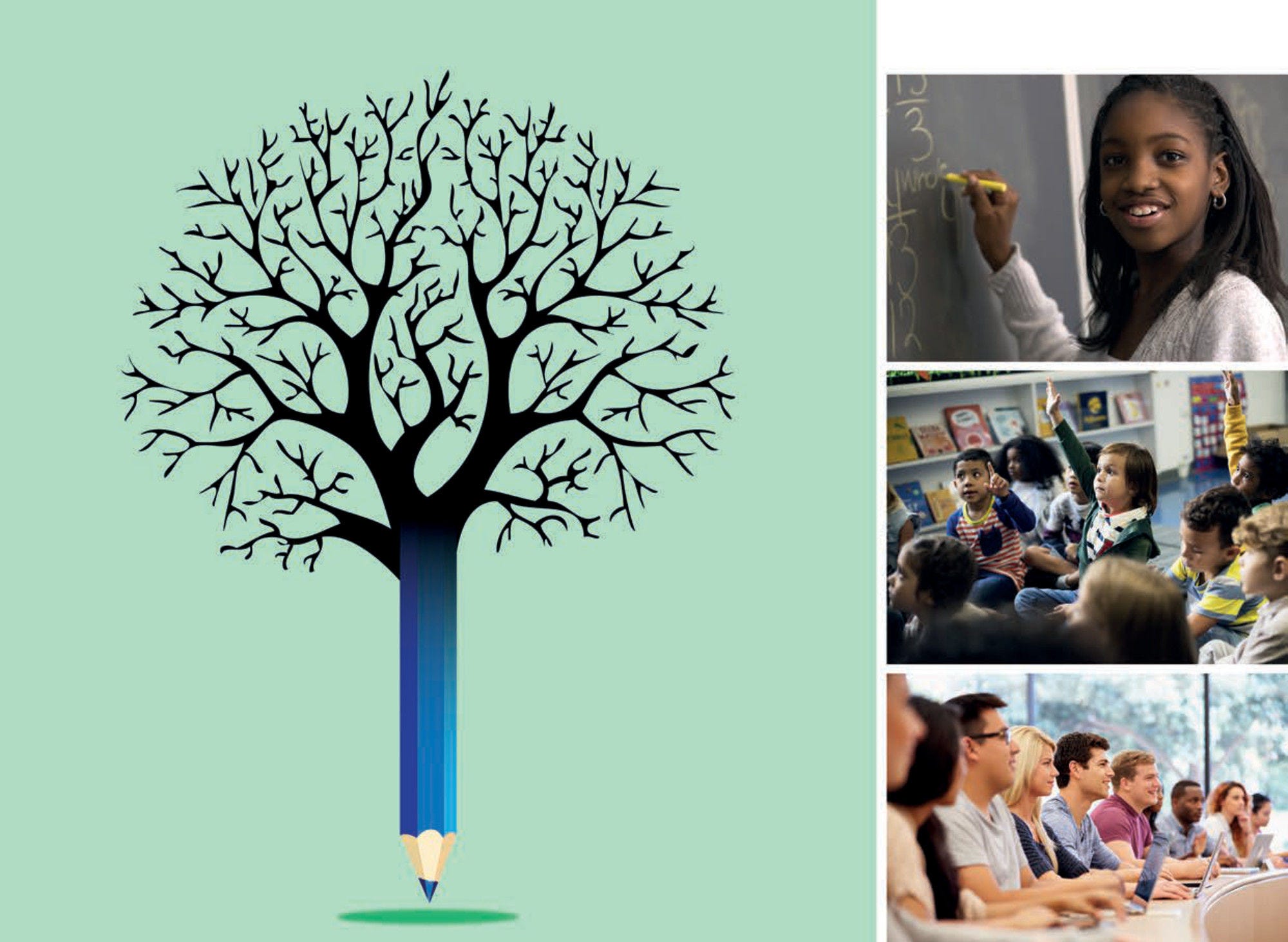Schools in the Czech Republic have less favourable disciplinary climates in science lessons compared to other OECD countries, according to students’ reports in the Programme for International Student Assessment (PISA) 2015, with an index of disciplinary climate of ‑0.24 (the average index value was 0.00). However, student truancy was among the lowest in the OECD: 8.1% of 15-year-olds reported skipping at least one day of school in the two weeks before the PISA 2015 test, compared to an average of 19.7%. Students in the Czech Republic were less likely, though, to report that their science teachers adapt their instructions more frequently than the OECD average, with an index of adaptive instruction of -0.16 (the average index value was 0.01) (OECD, 2016[1]).
The PISA 2015 index of instructional educational leadership (measuring the frequency with which principals report doing leadership activities specifically related to instruction) was 0.04, which was higher than the OECD average of 0.01 (OECD, 2016[1]). At 35.9%, the proportion of lower secondary teachers aged 50 or over in 2016 was similar to the OECD average of 35.4%. In 2017, teachers in the Czech Republic had fewer net teaching hours for general programmes than their peers in other OECD countries. Teachers annually taught 617 hours at both primary and lower secondary levels, compared to OECD averages of 784 and 696 hours, respectively (OECD, 2018[2]). According to school principals’ self-reports in PISA 2015, schools in the Czech Republic have higher levels of autonomy over curriculum than on average across the OECD: 94.9% of principals reported that the school had primary autonomy over curriculum, which was above the average of 73.4% (OECD, 2016[1]).
In 2016, lower secondary teachers earned 61% of the average salary of a full-time, full-year worker with tertiary education, which was below the OECD average ratio of 91% (OECD, 2018[2]). According to the OECD Teaching and Learning International Survey (TALIS) 2018, 74% of teachers in the Czech Republic said that if they could choose again, they would still become a teacher; this was close to the OECD average of 75.6% (OECD, 2019[3]).
According to school leaders’ reports in PISA 2015, school leaders in the Czech Republic are more likely than average to conduct self-evaluations of their schools (96.7% of students were in schools whose principal reported this, compared to the OECD average of 93.2%) but less likely than average to undergo external evaluations of their schools (61.2% of students were in schools whose principal reported this, compared to 74.6% on average) (OECD, 2016[1]). However, teacher appraisal levels, as reported in the earlier cycle of TALIS 2013 were higher than average: 89% of all teachers had reported then having received a teacher appraisal in the previous 12 months compared to the TALIS 2013 average of 66.1% (OECD, 2014[4]). The share of students enrolled in secondary schools whose principal reported in PISA 2015 that standardised tests are used to make decisions on students’ promotion or retention was just 3%; the OECD average was 31% (OECD, 2016[1]).
In 2017, school autonomy levels over resource management (allocation and use of resources for teaching staff and principals) were higher than the OECD average: 38% of decisions in the Czech Republic were taken at the school level, compared to the OECD average of 29%.
Annual expenditure per student at primary level in 2015 was USD 5 207, which was lower than the OECD average of USD 8 631. At secondary level, the Czech Republic spent USD 8 476 per student, compared to the OECD average of USD 10 010, while at tertiary level (including spending on research and development), the Czech Republic spent USD 10 891 per student, compared to the OECD average of USD 15 656. Between 2010 and 2015, the relative proportion of public expenditure on primary to tertiary education decreased by 4.2 percentage points, compared to an OECD average fall of 1.3 percentage points. During the same period, private expenditure in the Czech Republic fell by 6.4 percentage points, compared to an OECD average increase of 10.6 percentage points (OECD, 2018[2]).
